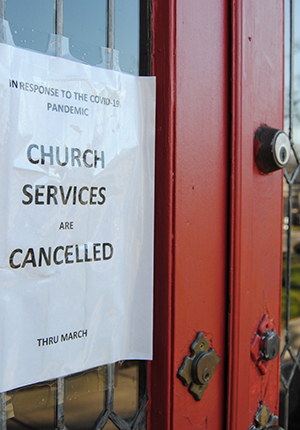Summary
This case is one of a series of decisions that the Supreme Court issued during the COVID-19 pandemic. It pitted the authority of a state government to use its powers to address a public health crisis against the free exercise rights of religious worshippers. In particular, New York Governor Andrew Cuomo issued an executive order, limiting attendance at religious services to stop the spread of COVID-19. The Roman Catholic Diocese of Brooklyn and two Jewish Orthodox synagogues sued, arguing that the restrictions discriminated against their right to freely exercise their religion. Although the Supreme Court upheld some restrictions on religious gatherings earlier in the pandemic and, in turn, recognized the authority of state and local governments to pursue measures that addressed the public health dangers associated with a pandemic, the Court blocked the executive order in this case in a 5-4 decision, reasoning that the governor’s measure qualified as a form of religious discrimination.






